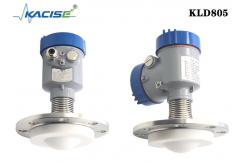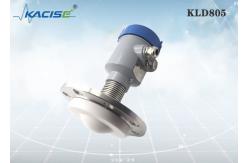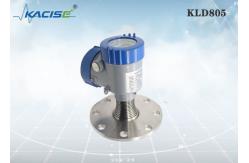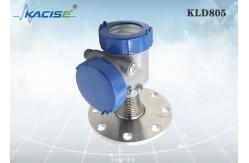KLD805 Radar Level Measuring Instruments For High Temperature High Pressure Environment
|
|
KLD805 80G FM Radar Level Sensor Introduction The Difference In Application Of Radar Level Transmitter Frequency
Range With long-term use, dirt and pollutants accumulated on the antenna will affect the strength and direction of the radar signal. For high frequency signals, any dirt that covers the antenna will absorb more energy, and the direction of the beam may change. This results in a loss of signal strength. So, low-frequency and medium-frequency technologies are more suitable. Storage tanks with condensate and/or steam Condensation and steam can cause reflections on product surfaces to be masked by the “noise” of water droplets. This is more of a problem for high frequency signals. So mid and low frequency techniques are a better choice. Antennas with flat, horizontal surfaces should always be avoided for condensation. High steam and agitation Be sure to choose the 80G millimeter-wave radar level meter. The 80G radar level meter has a high transmission frequency and has good penetration and is not affected by steam. The 2° transmission angle can effectively avoid the interference of the stirring blade. The unique echo Tracking algorithm avoids reading multiple echoes when the material level is high. Applications with turbulence, waves and ripples Waves and ripples are often found on the surface of process liquids in large tanks. And this turbulence is especially detrimental to high-frequency measurements. Low and mid frequency level instruments emit longer wavelengths, making them perform better. Foam application Like dust and condensation, a layer of foam on top of the liquid can absorb the radar signal, making accurate measurements more difficult. Low frequencies work best with thick foams, such as beer, molasses, or latex. For lighter foam, the mids perform well. High frequency techniques should be avoided in foam applications.
Installation 1.Flange Installation When using flange installation, the minimum distance between the
instrument and the tank wall should be 200mm. ① datum plane ② vessel center or axis of symmetry 2.Hoisting Installation Installation Requirements
When installing the instrument, avoid installing it above the material inlet, and try to avoid various objects that affect the signal, such as stirring paddles, etc.
Under extremely complex working conditions, the instrument can work normally if there is no obstacle in the area with a radius of 20cm centered on the installation point.
Installation connection diagram: The maximum installation spool height H max depends on the installation spool diameter D and the size of the product launch angle. Too long installation connection will affect the radar performance.
Dimensions Casing Dimension
Production:
|
||
| Product Tags: IP67 Radar Level Measuring Instruments 0.1m Radar Level Measuring Instruments Strong Corrosive Liquid Radar Level Sensor |
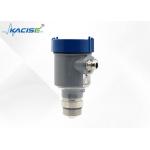
|
KLD801 Radar Level Gauge For Non-corrosive Liquids Is Used For Level Monitoring Of Non-corrosive Liquids |
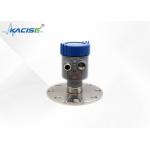
|
KLD802 Radar Level Gauge For Slightly Corrosive Liquids For Slightly Corrosive Liquids Monitoring |
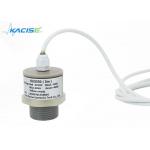
|
Temperature Compensated RS485 PVDF Water Level Meter for IoT Water Level Monitoring Solution |
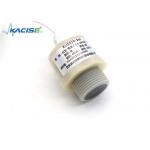
|
High Accuracy 0-10V Output PVDF Water Level Meter For IoT Water Level Monitoring |
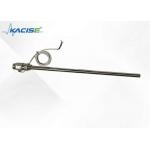
|
High Temperature And High Pressure Corrosion Resistant Capacitive Level Sensor For Boiler Level Monitoring |
|
|
IP67 Fluid Level Meter Diesel Level Transmitter With GPS Tracker For Fleet Management |

